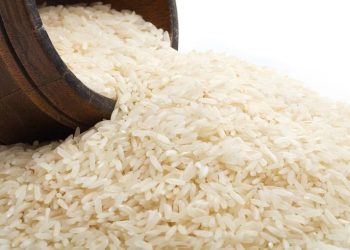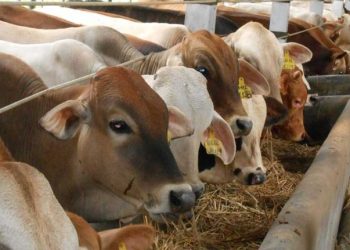Jakarta, Indonesia Sentinel — Indonesia experienced deflation in February 2025, marking the first time in 25 years since the last recorded instance in 2000, according to the Central Statistics Agency (BPS).
Central Statistics Agency (BPS) reported that the Consumer Price Index (CPI) declined by 0.48% month-on-month (mtm) and 0.09% year-on-year (yoy) in February 2025. This marked the second consecutive month of deflation, following a 0.76% decline in January and a 0.48% drop in February on a monthly basis.
BPS Chief Amalia Adininggar Widyasanti clarified that the deflation was not caused by a drop in purchasing power but rather by a 50% electricity tariff discount provided by the government.
The Indonesian government implemented a 50% discount on electricity tariffs during January and February 2025 for state electricity company (PLN) customers with power consumption of 2,200 volt-amperes (VA) or lower.
“This is not due to weakened purchasing power but rather the impact of the electricity tariff discount, which contributed to deflation for two consecutive months,” Amalia stated at a press conference on Monday (March 3, 2025), as reported by CNBC Indonesia.
Inflation – Deflation Components
Inflation and deflation are influenced by three main components: core inflation, government-regulated prices, and volatile prices.
In February 2025, deflation in Indonesia was primarily driven by the government-regulated price component, which recorded a 9.02% deflation rate and contributed 1.77% to the overall deflation. This was largely due to the government’s electricity discount policy.
Read Also:
Indonesia Offer 50% Electricity Rate Discount Ahead 12% VAT Increase 2025, Here’s The Requirement
Meanwhile, the core component, which also reflects consumer purchasing power, recorded an annual inflation rate of 2.48%, contributing 1.58% to overall inflation. Key commodities contributing to core component included gold jewelry, cooking oil, ground coffee, and rice with side dishes.
“Core inflation remains at 2.48% year-on-year, which is typically associated with purchasing power. The primary factor behind the annual deflation is the ongoing 50% electricity discount, which continues through February,” Amalia explained.
The volatile price component also saw inflation of 0.56%, contributing 0.10% to overall inflation. Key commodities driving price increases in this category included bird’s eye chilies, garlic, water spinach, and shallots.
(Raidi/Agung)


























